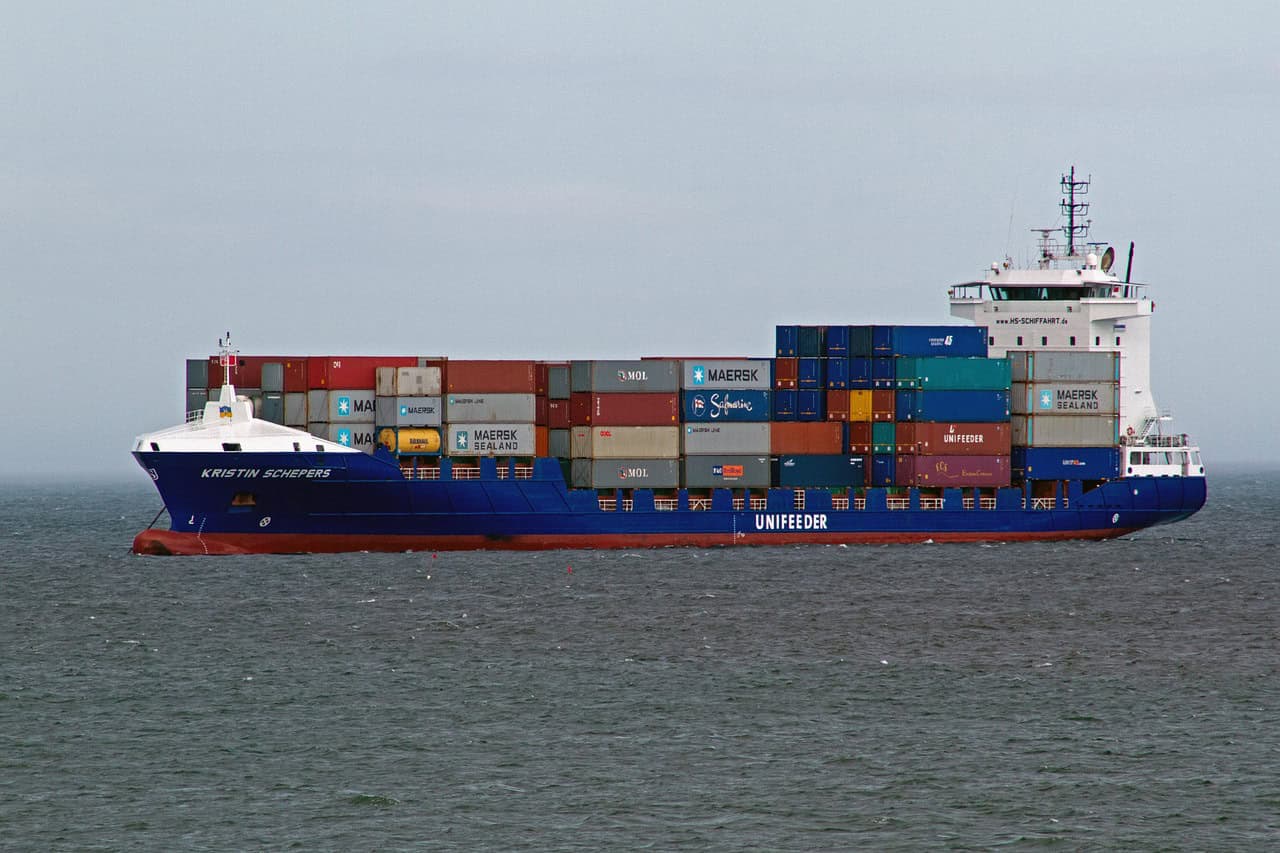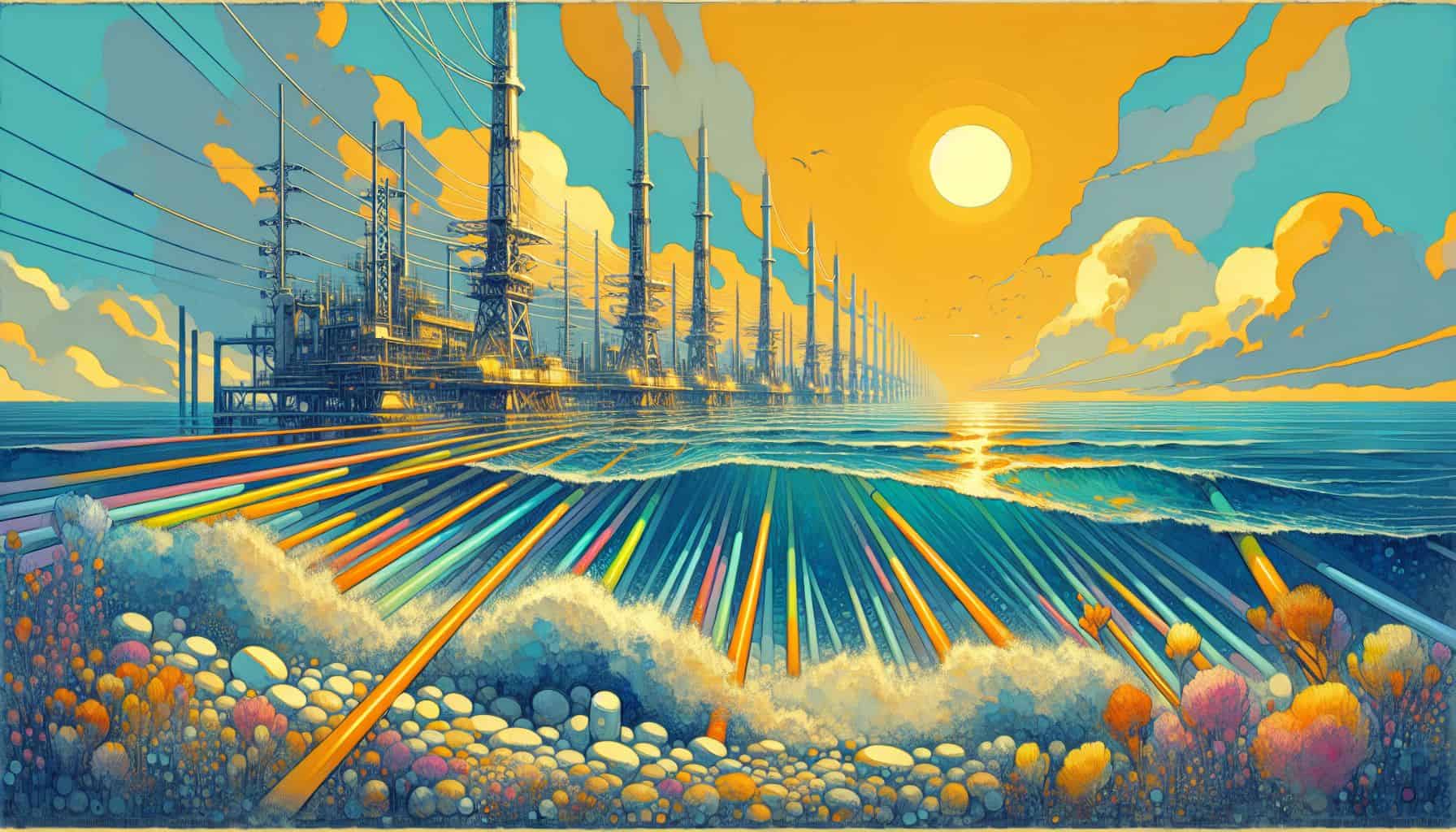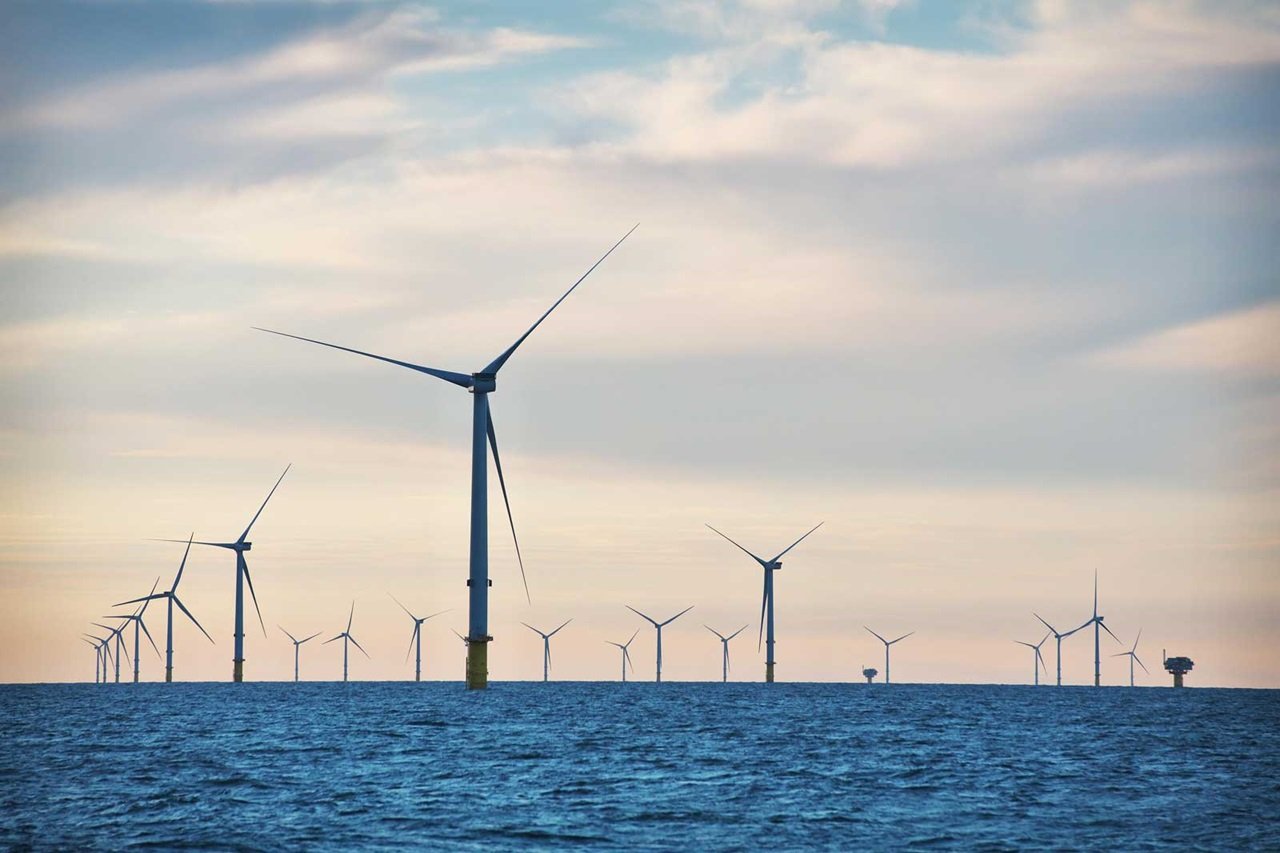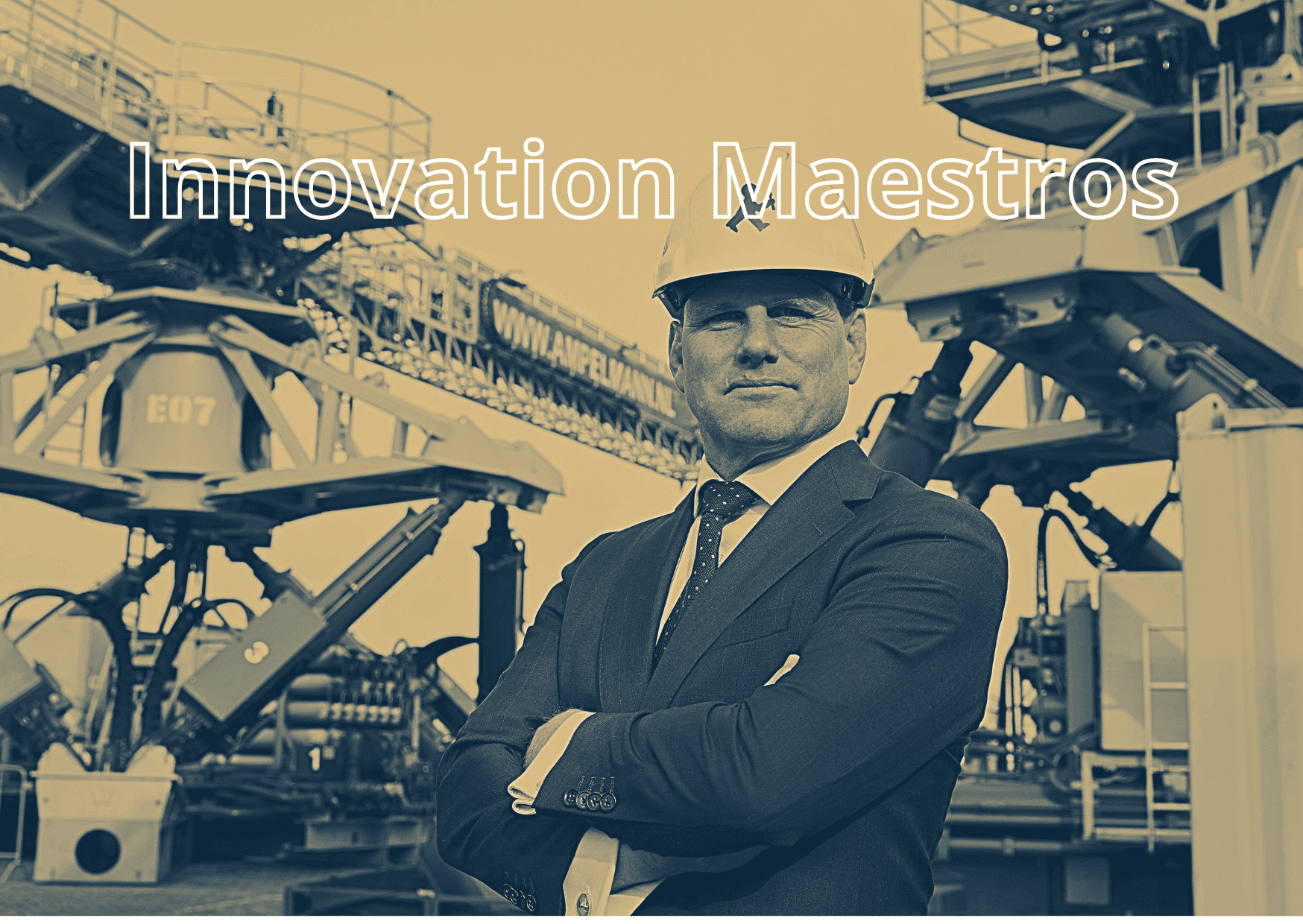
The situation in the North Sea is critical. A new report by the Dutch Safety Board (OVV) sounds the alarm. Too many activities in a small area are endangering the safety of shipping.
Why this is important:
Increasingly, the North Sea is being used to achieve goals around sustainability. For example, space is needed for wind farms, while the North Sea is already very crowded.
The recent report paints a bleak picture of the future of the North Sea. The collision of the Julietta D with another ship, which left the Julietta adrift, is just one of the incidents that highlight the vulnerability of the area. The North Sea, once a vast body of water, is now a crossroads of international shipping lanes, wind farms, and platforms for oil and gas extraction.
Pressure on the North Sea has reached a new level. On the one hand, wind energy transition plays a crucial role in the Netherlands’ renewable energy policy. On the other hand, the North Sea is one of the most navigated areas in the world, with about 90% of everything being transported by sea.

Eight ministries
Within the Dutch government, as many as eight ministries are responsible for the North Sea. This makes the coordination of policy and regulations extremely complex, which only increases the risks to shipping. Moreover, the current calculation model for mapping safety risks is outdated and not geared to today’s situation.
Need for buffer zones
In its report, the OVV points out the need for wider buffer zones between wind farms and shipping routes. It also calls for international cooperation for shipping around fixed objects at sea.
Even busier in the future
The council’s study shows that, even with management measures taken such as traffic control and emergency tugs, safety remains a challenge. This is partly because of the expectation that thousands of fixed objects will be added to the North Sea in the future.
The OVV calls on the Minister of Infrastructure and Water Management, together with the six other North Sea countries, to draw up a plan for safe shipping.








